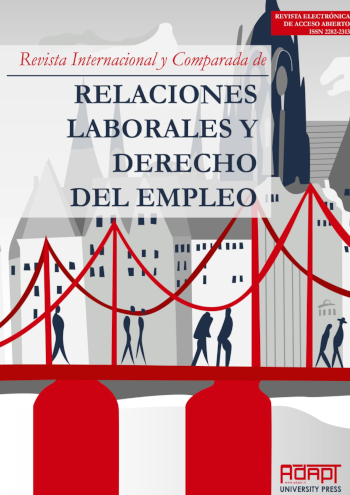Resumen
El presente trabajo tiene como objetivo dar a conocer los principales resultados obtenidos en un estudio de caso de una organización del sector del turismo (Araújo, 2011), en la cual se analizó la relación entre el Bienestar en el Trabajo (BET) y la Calidad de Vida en el Trabajo (CVT). El equilibrio entre trabajo y familia reveló ser el único predictor significativo para explicar la sustancial variación del BET. Estos resultados permiten trazar posibles tendencias laborales cuando se analiza el futuro incremento de formas alternativas de trabajo, con especial enfoque para el Teletrabajo. Adicionalmente, se establece una relación entre la disminución de la carga horaria de trabajo como respuesta a la necesidad de proporcionar a los trabajadores una mayor CVT y BET, por vía del aumento de tiempo destinado a la familia. Se analiza y discute el Teletrabajo y el Trabajo a Tiempo Parcial como solución sostenible para el futuro del trabajo, cuya subida también podrá ser explicado en consecuencia del presente deterioro de las condiciones del mercado de trabajo.
The aim of the present study is to analyze the main results extracted from a case study driven at an organization within the tourism sector (Araújo, 2011), focusing in the relationship between Job-related Well-being (JW) Quality of Working Life (QWL). Araújo (2011) developed a sample of 64 workers aged from 20 up to 65 (M=34.59; DP=9.24). Evidence shown QWL dimensions influenced 32,4% of JW total variance, which was measured through the job-related affective well-being (JAWS) scale of War (1990). The Work-life balance resulted the only significant predictor capable of explaining the most variance of JW. These results revealed to be useful to establish relationships and set future trends of labor market by studying the raise of some alternative forms of work, with special attention to the Telework. Additionally, seeking an explanation for the need of providing workers with an increase in their QWL and JW levels a correlation with reducing labor journey duration was made. The time spent with family would play a key role in the form of work-life balance. Part-time work and telework are presented as sustainable solutions for the future of work, which might also reflect an increase due to worsening working conditions.

